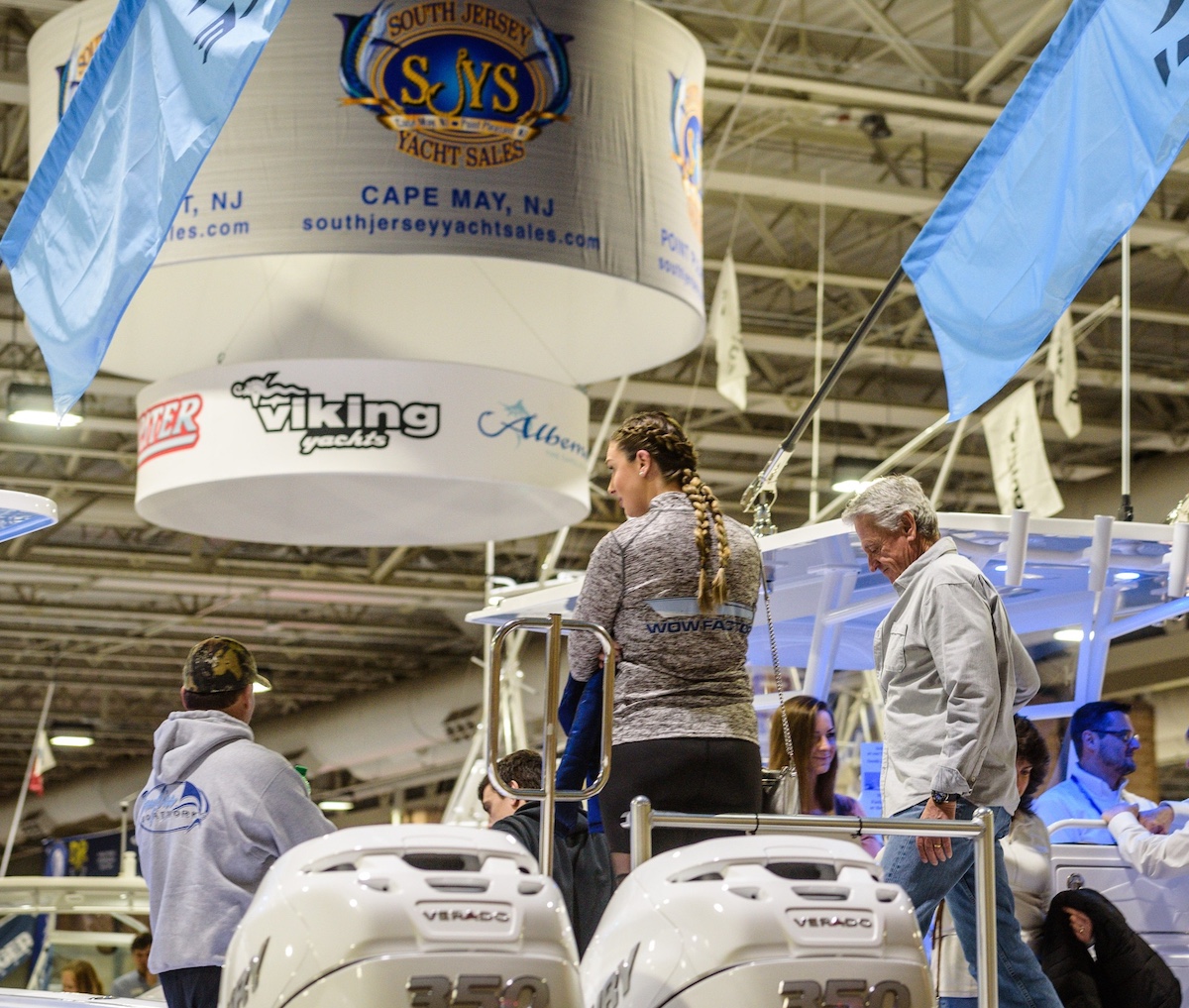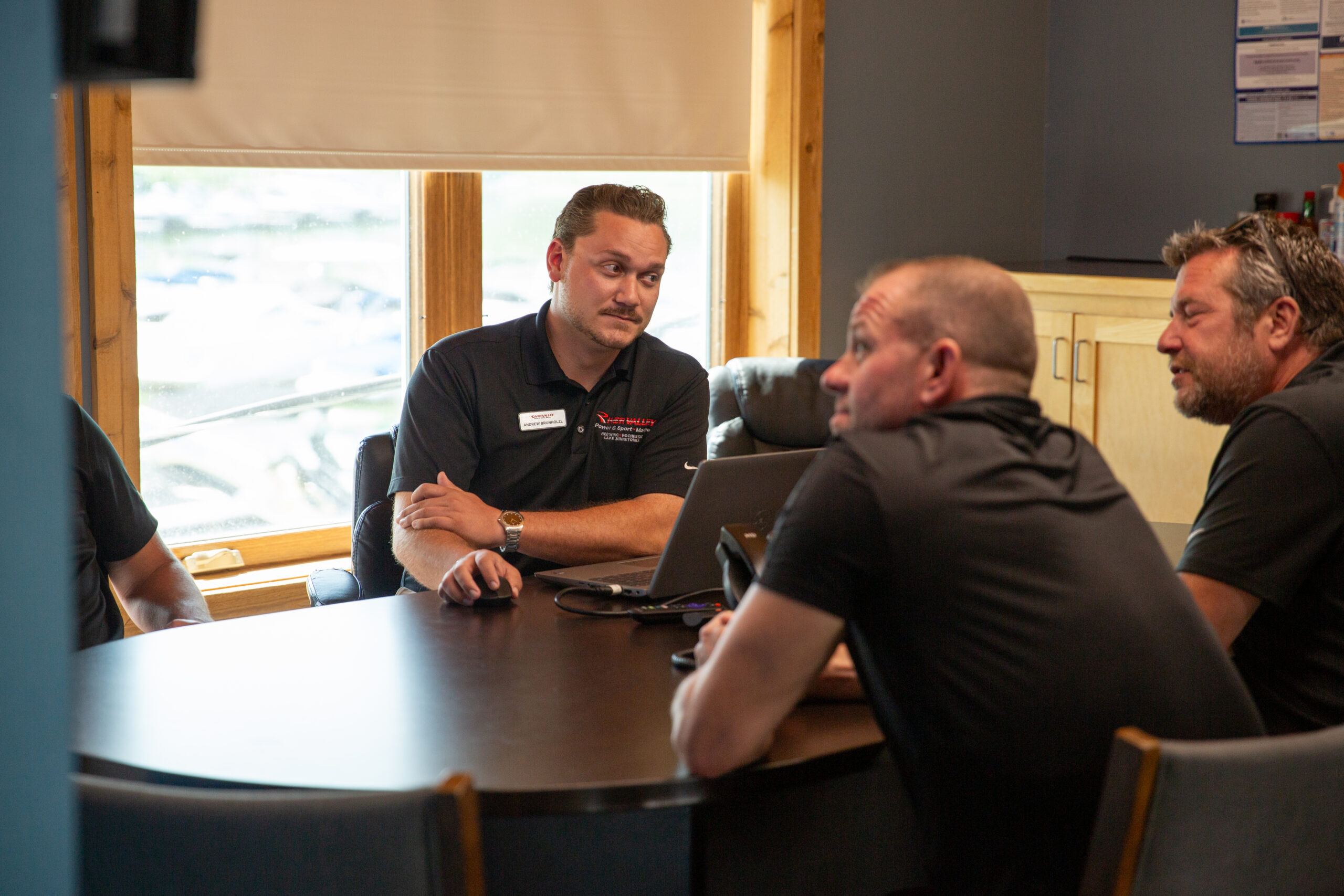To dos, appointments, deadlines and customer demands.
It seems with the passing of each day the list of things we need to do, need to tell someone else to do and the things people ask us to do continually increases. Since the recession of 2008-09, the recreational marine industry has seen single-digit percentage growth year over year growth. However, like the broad U.S. economy, hiring has not increased to match this growth.
Dealers and boatyards are doing more with less to ensure that they are prepared for the next cyclical downturn. The best strategy to ensure that your team is maximizing their potential is to continually optimize and refine the “3 Ps” (having the right people, processes and products in place for growth).
In my previous post, I outlined how the free mobile apps from Google can help dealers and boatyards improve both communications and collaboration within their business. The great news about these apps is they are free and mobile.
But, as I outlined, there are some definite pitfalls that should be considered: 1) they lack an effective way to dispatch and quickly re-prioritize tasks and 2) they are disconnected from the commonly used dealer management and back-office accounting systems. Both of these items can be overcome by using a purpose-built solution designed to solve these problems.
Technician Coordination
In an ideal world it would be great if service managers could create a schedule for the week, allocating each time slot on the calendar that a specific task (job) is going to take place. But as I outlined in my previous post, there are a number of things that can wreck a well-designed schedule before lunch. Service managers and foreman need a way to quickly prioritize and dispatch tasks while ensuring that their technicians are alerted whenever a scheduling change takes place.
Service managers need the ability to see a list of all the “open” tasks assigned to them and quickly assign technicians to those jobs. Furthermore, when events change at the dealership or boatyard (which is a guarantee), the service manager needs a quick and easy way to reprioritize those tasks.
Using an app customized for service management can enable a technician to view all of the open tasks that are assigned to him or her on any computer or mobile device with a web browser.
MyTaskit is one such service management software app, and below is a screen shot of the MyTaskit Pro task grid, where service managers can organize their work. A service manager can view tasks assigned to him, to another service manager or all of the tasks for the whole yard. Columns on the grid can be removed, added or moved from left to right depending on the service manager’s preference. The grid below shows the number of tasks per work order, the description of the work order, boat name, tech(s) assigned, subcontractor(s) assigned and the customer promise date.

At this point the service manager can click on the Work Description of the task, and this will navigate him to the task manager.
If the task grid is where work is organized, the task manager is where work is actually done. Here the service manager can assign the task to a technician, add photos, videos or documents as necessary that he wants the tech to have access to, and include any technician notes on things he feels the tech should pay special attention too.
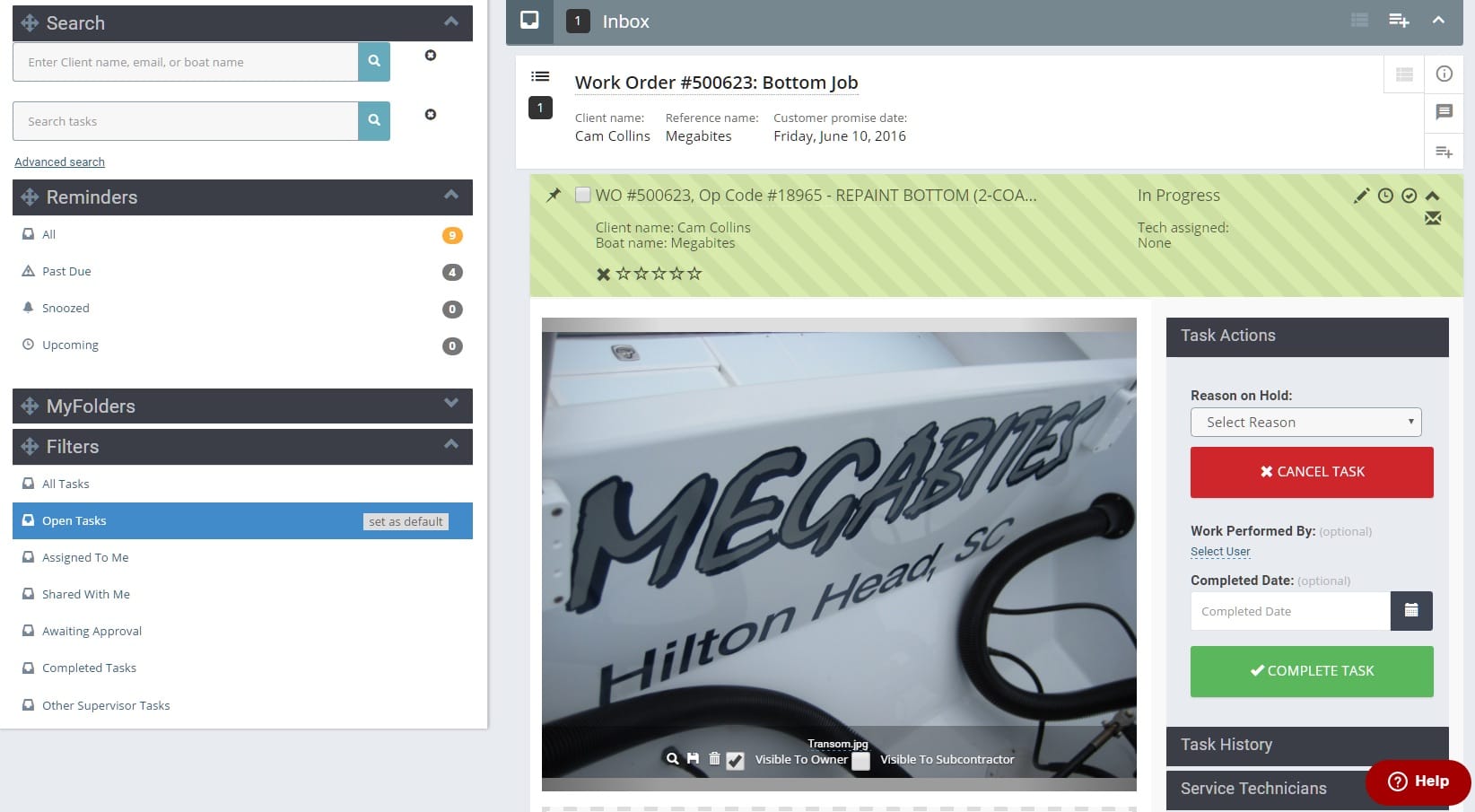
Once the technician has been assigned the task, the service manager can then use the task grid to prioritize the technician’s tasks. The screen shot below shows the task priorities for a technician named “Bobby Bottom.”

In this example, the technicians are using smartphones to track their tasks, log hours, add notes and add photos/videos as necessary. When the tasks are prioritized (or re-prioritized), the technician will receive an email like the one below on their smartphone.
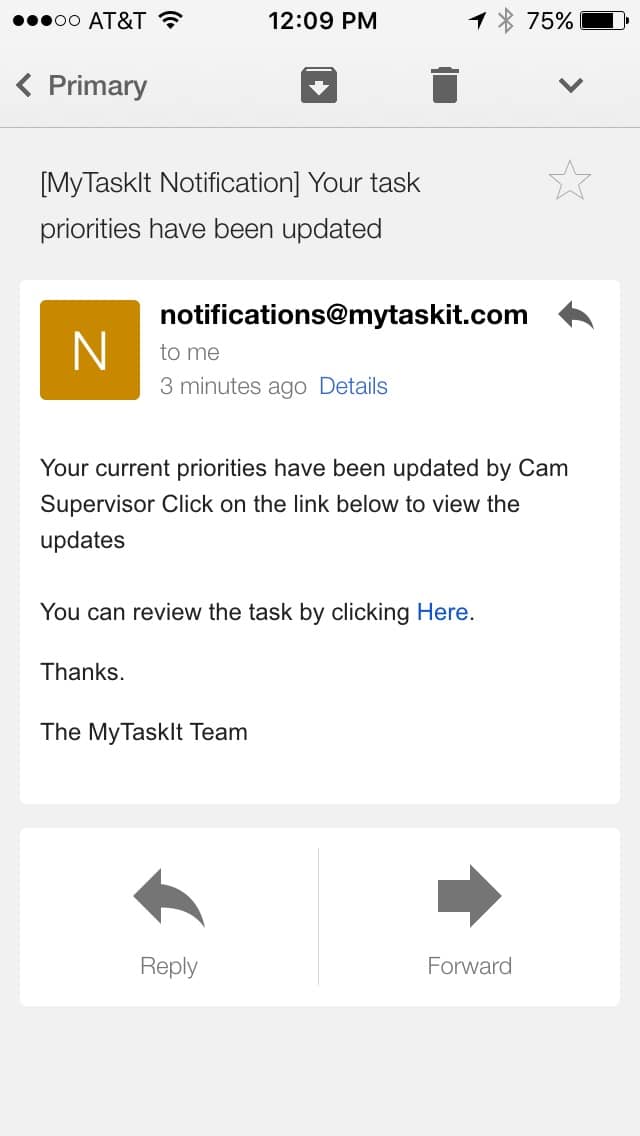
All the tech has to do is tap on the word “here” in their email and they will be taken directly to their prioritized tasks. The screen shot below shows the tasks that the tech has been assigned, with the highest priority on top.
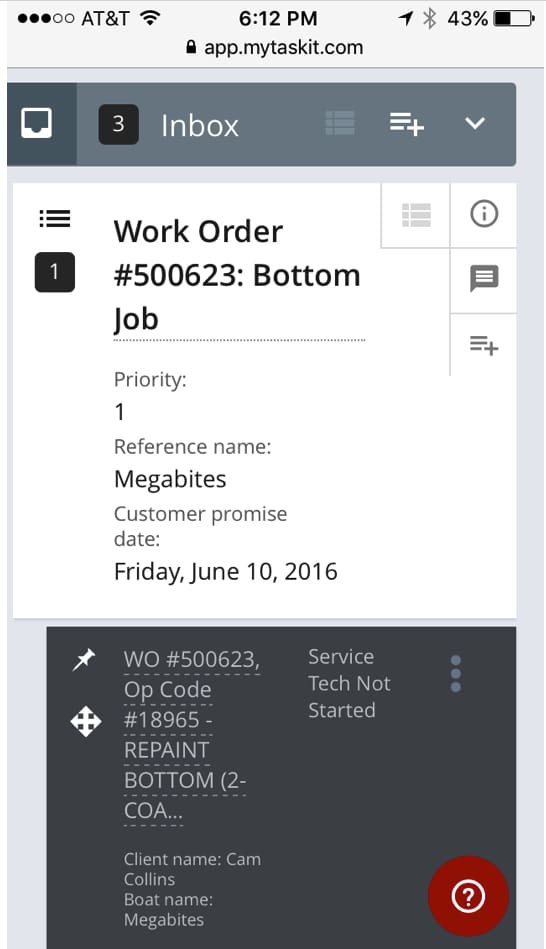
Say Goodbye to Double Entry
In most of the dealerships and boatyards I visit, there is a process I see repeated over and over again — the manual entry of time cards.
Most technicians track the time they work on a specific job using some form of a time sheet. The form is created using Word or Excel and provides the technician with a place to write down the name of the job, the hours worked and a description of what was done.
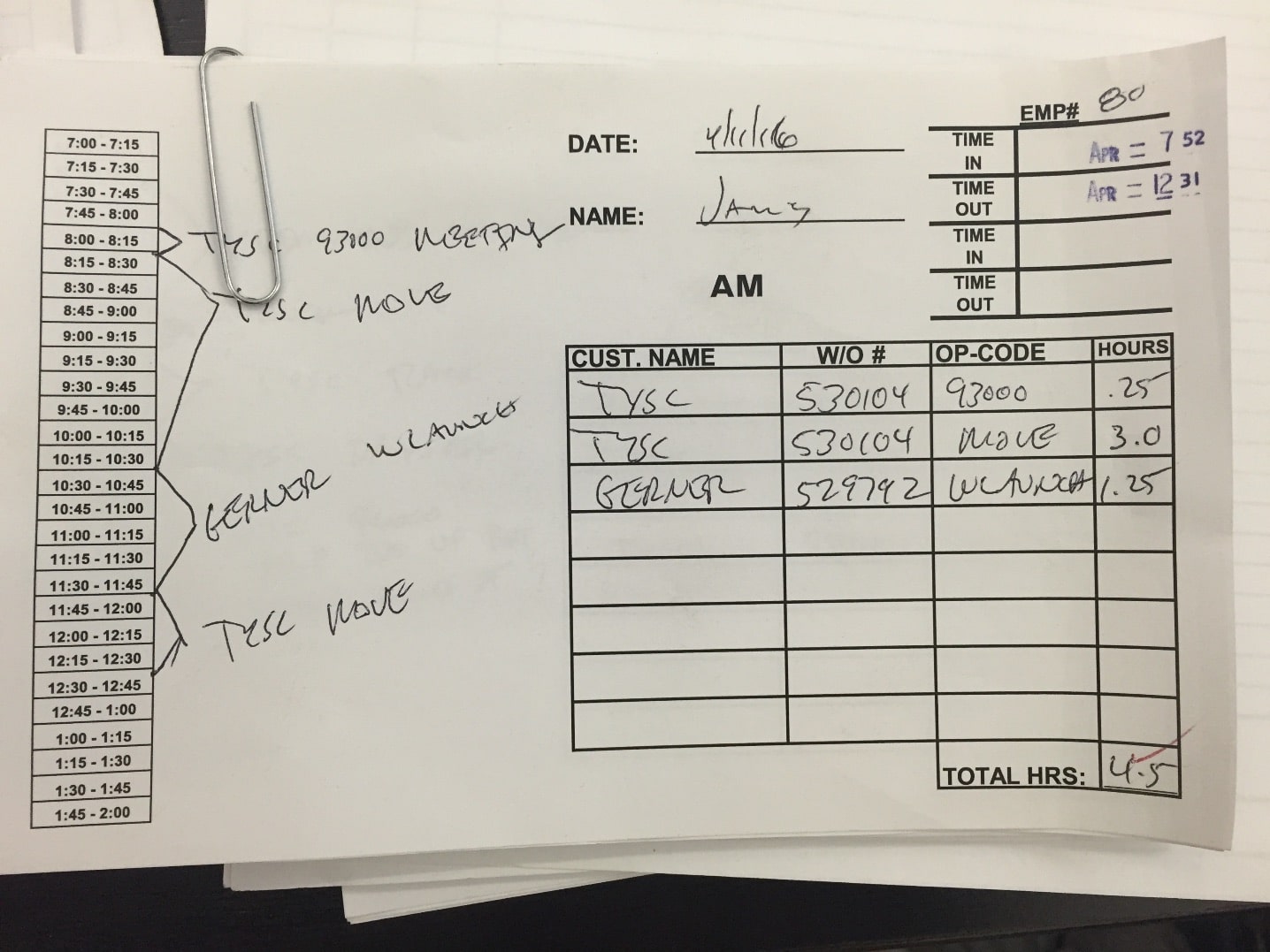
These time sheets are then entered into a dealer management or back-office accounting system for billing purposes. It typically takes an admin anywhere from 1-4 hours per day to enter in the employees’ time sheets. Not only is this process inefficient, the chance for data entry errors increases as well.
A good service management software can solve this problem by allowing technicians to enter labor hours and comments on the tasks assigned to them by their service manager. Furthermore, the labor hours and comments can be synced with a company’s operations software so the time goes right on the work order.
We will use our example from above to show how labor and comments, as well as any photos, videos or documents, can be added to a task synced with a work order. The screen shot below shows the expanded view of the prioritized task from the tech’s smartphone. The task is now green since the technician tapped the “start” button to effectively start the job.
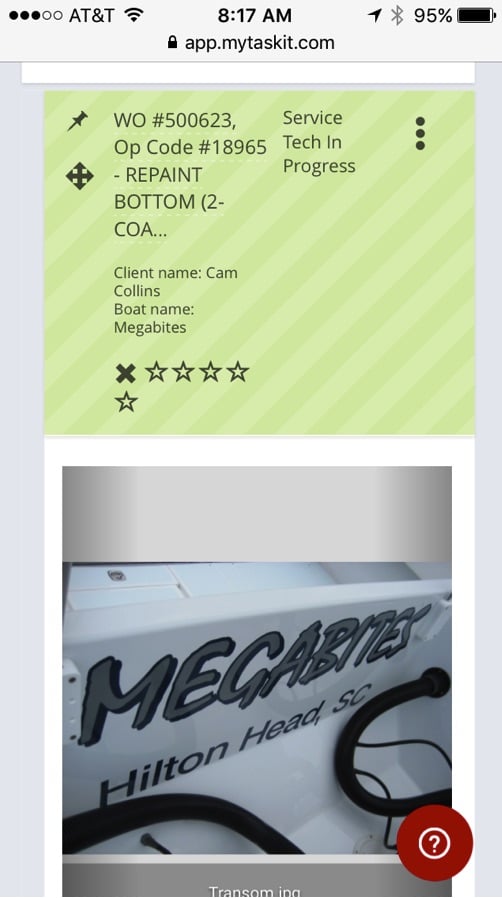
From here the tech can review any photos, videos or documents that the service manager (or customer) has uploaded to this task. The tech can also add more photos, videos or documents to further illustrate the nature of the issue being worked on. A picture is worth a 1,000 words and often times a photo can remove any ambiguity as it relates to the detailed nature of some repair jobs.
Once the task is started, the technician can tap the “Log Hours & Expenses” button to enter their time. The app allows technicians to do this manually through a start-and-stop timer, or if this workflow isn’t efficient for the technician, they can simply enter start time and stop time, or their total hours.
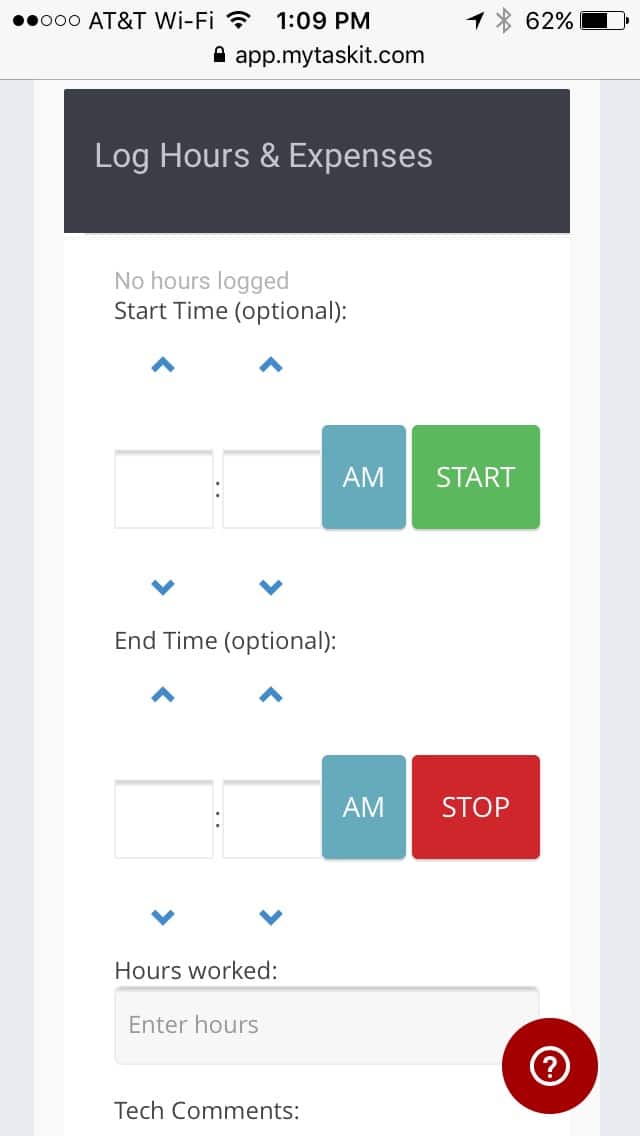
Technicians can also enter “Tech Comments” by typing them on their smartphone or using the built-in speech to text recognition available on all Apple, Android and Microsoft devices today. The screen shot below shows a tech comment spoken into an iPhone.
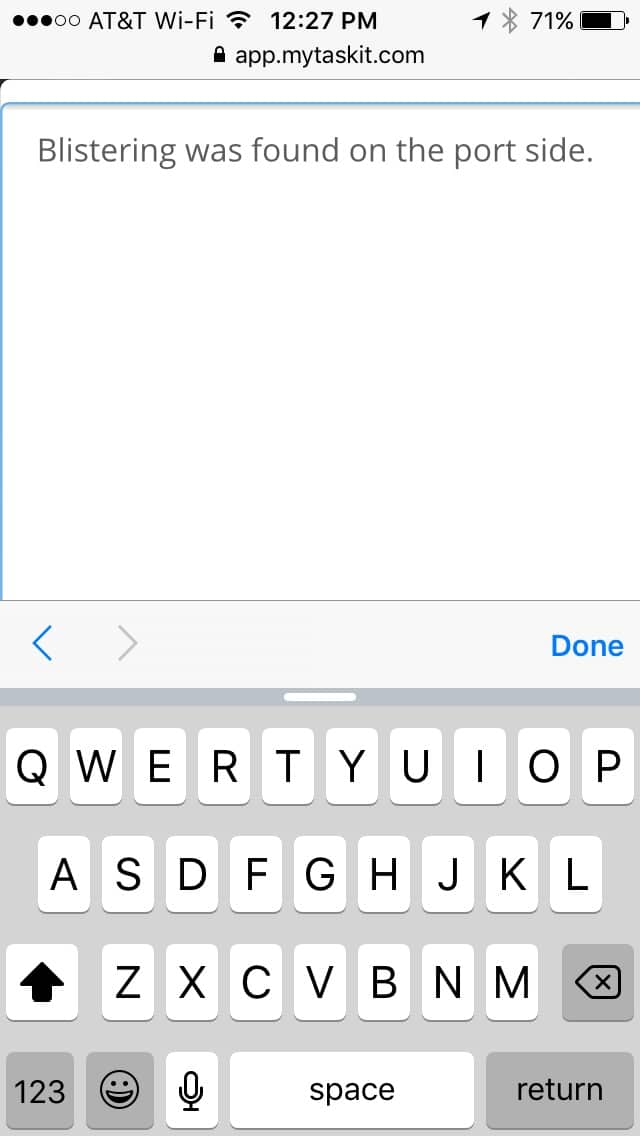
Once saved, both the time and comments are synced with the work order. The technician could also add any expenses and even upload receipts for purchases they made while on the job. The technician can edit the time at a later date as well.
Service managers can then review all their technicians’ submitted time entries and make adjustments as necessary before they are transferred to the actual work order. The screen shot below shows the time entry and comment that was entered by the technician in the actual work order.
While there are a number of free tools like the wide-array of Google apps, sometimes an integrated system is what a dealership or boatyard truly needs to maximize efficiency and drive additional profits to the bottom line.


